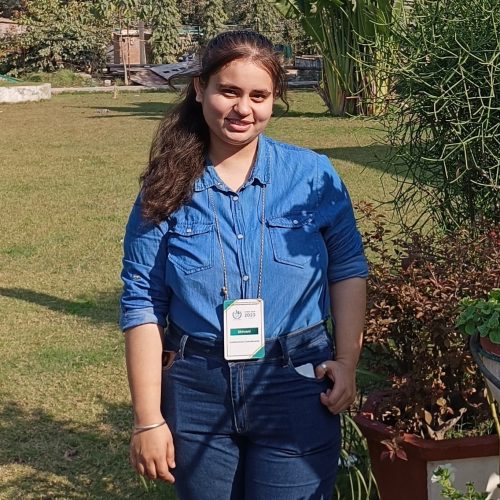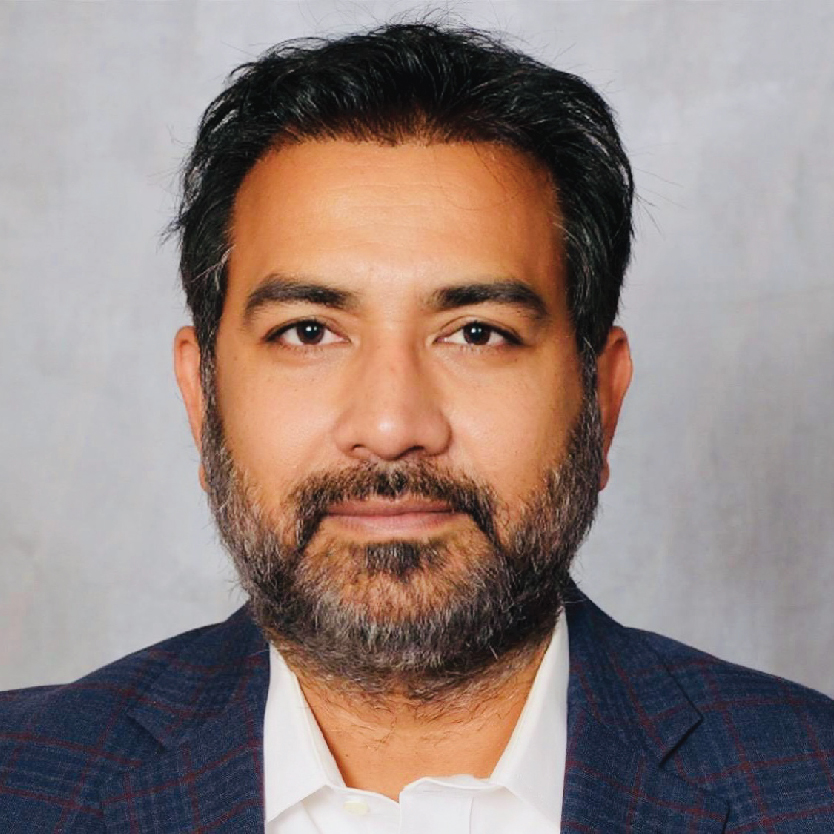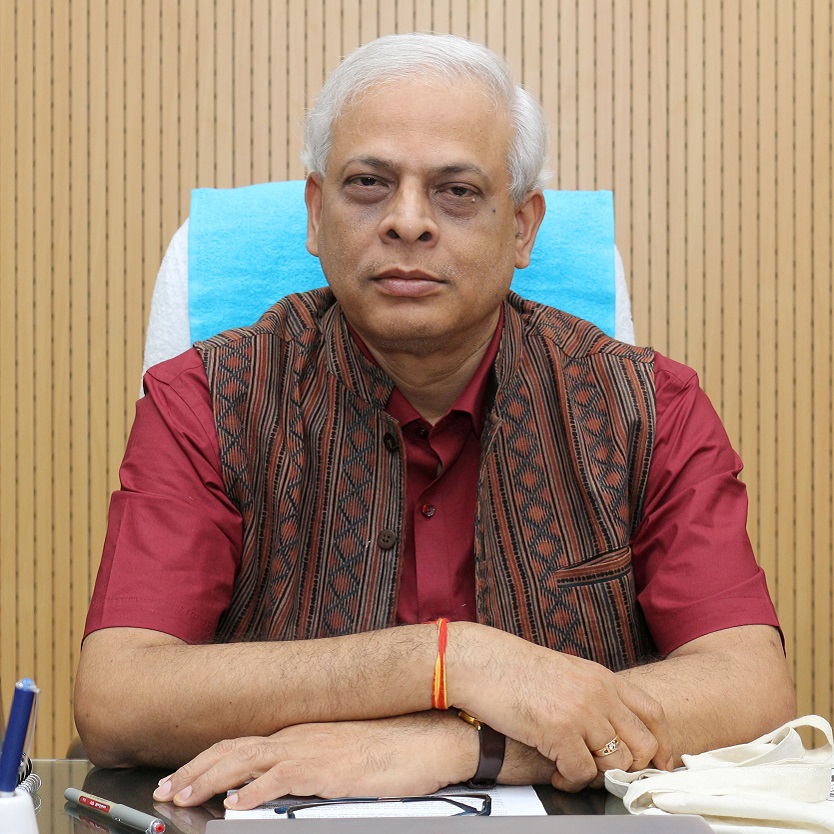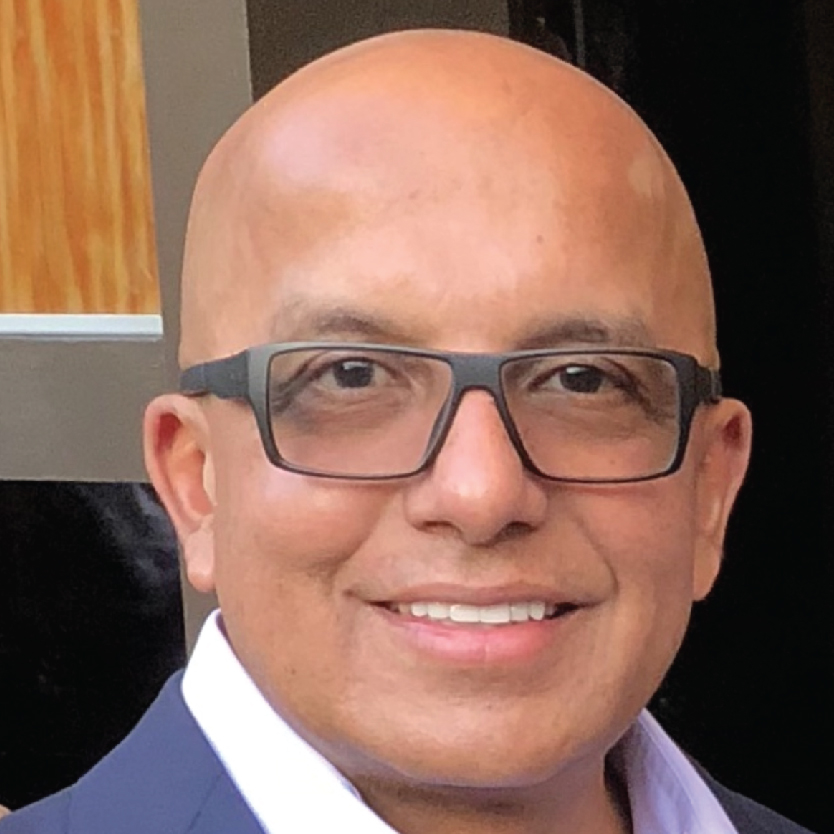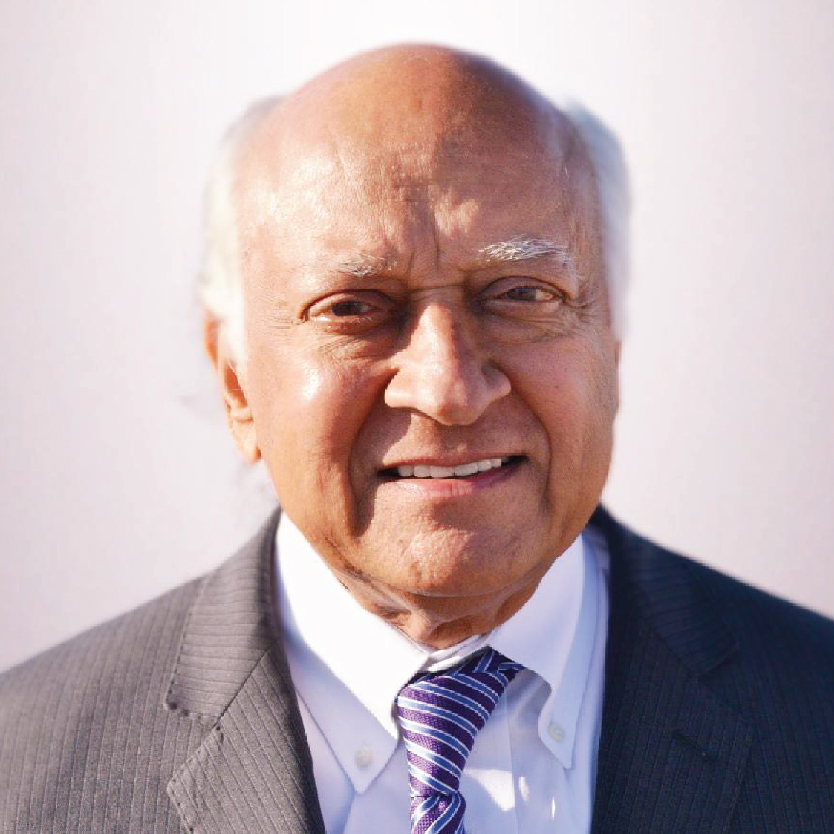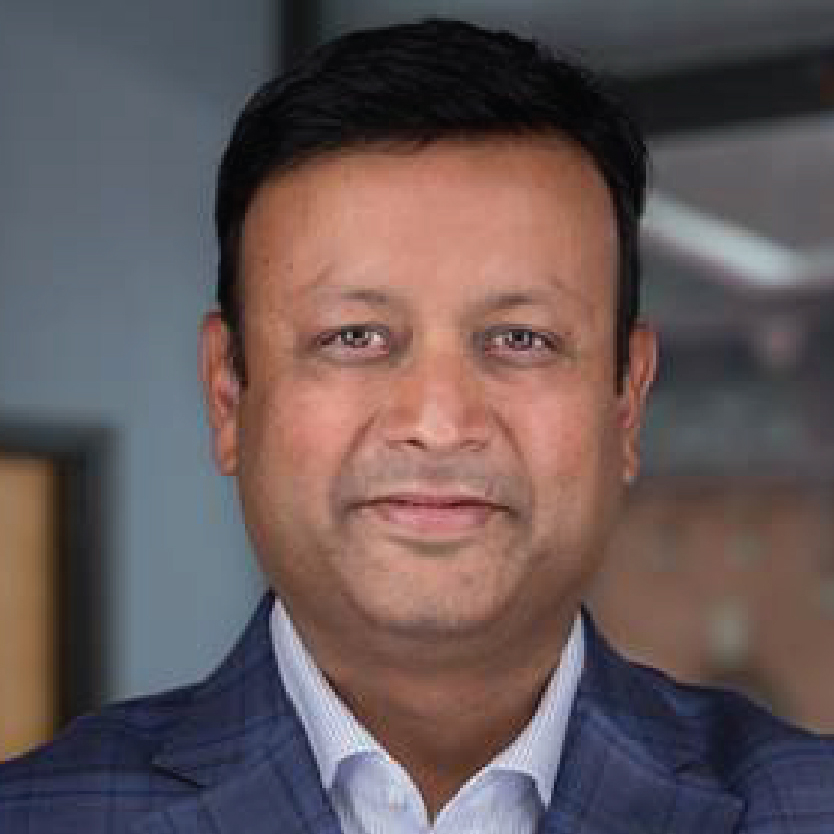Introduction
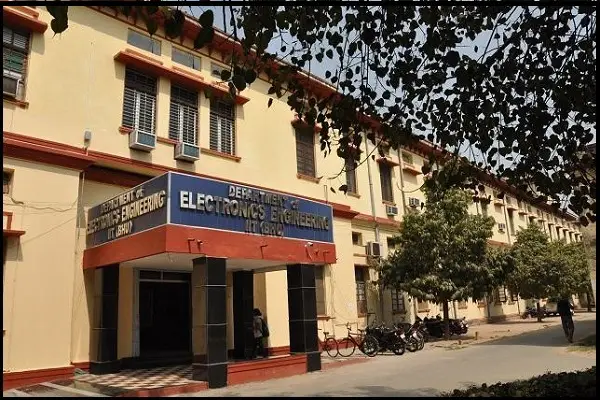
This project aims to design and validate an integrated testbed for advanced wireless communication systems, focusing on 5G and beyond. The testbed will utilize state-of-the-art equipment, including Software-Defined Radios (SDRs), RF units, waveform generators, 5G emulators, and protocol testers, to enable the development and analysis of next-generation communication technologies.
The testbed will support end-to-end wireless system testing, evaluating physical layer technologies such as OFDM, OTFS, and advanced MIMO, while assessing key performance metrics like throughput, latency, and reliability. It will also enable comprehensive protocol evaluation for 5G/6G networks, including open RAN protocols, resource allocation, and beamforming strategies. Additionally, the testbed will facilitate waveform generation and analysis, RF unit integration for signal propagation testing, network emulation for performance evaluation in diverse environments, and advanced data analysis with vector signal analyzers and SDR-based receivers. AI/ML models will be integrated for optimization and anomaly detection.
Estimated Timeline for the Project
3 Year timeline is proposed for implementing end-to-end system design and testing for communication protocols.
Expected Impact
The establishment of an Integrated Testbed for wireless communication is vital for advancing education, research, and innovation in wireless communication. This facility will serve as a versatile resource for undergraduate and postgraduate labs, as well as researchers focused on next-generation wireless technologies.
It will provide UG and PG students with hands-on experience using tools like SDRs and RF units, bridging theory and practice, while enhancing their industry readiness. This exposure will enhance their skills and prepare them for careers in wireless communication, networking, and RF engineering. The testbed will also support research in 5G/6G technologies, fostering interdisciplinary collaboration and leading to publications, patents, and prototypes.
The facility will position the institution as a leader in wireless research, enabling national and global collaborations and supporting advanced training for students, faculty, and researchers. Expected outcomes include optimized performance of 5G/6G systems and enhanced wireless testing and deployment capabilities.





